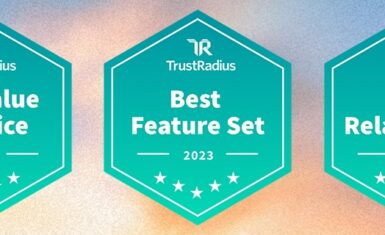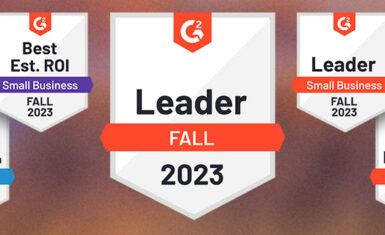We’re at an exciting moment in the digital art world. Since the earliest origins of digital art, creators have produced masterpieces that might (or might not) get some attention, but rarely – if ever – earned much money for the creators.
In the last few years, NFTs (Non-Fungible Tokens) have fundamentally transformed the way the world values and sells digital art. NFTs allow artists to ascribe value and rarity to their artwork via blockchain technology. They also empower artists to retain intellectual property rights to their digital artwork while monetizing their work. That means, while there is an owner or several owners listed on the blockchain, the IP is still with the artist or creator. Artists can also earn royalties every time the NFT is sold. For these reasons, NFTs haven’t simply transformed the digital art world, they’ve also transformed the lives of many artists.
Some, like Mike Winkelmann (known as the digital artist Beeple) had made no more than $100 per print on his art until he smashed the record for NFT sales with a whopping $69.3 million sale at auction at Christie’s in 2020 for his digital collage Everydays. In late 2021, an artist named Pak set a new standard when nearly 30,000 collectors banded together to push the sale of his piece to a record $91.8 million sale. And the fact that so many people were part of the sale is yet another unique element of NFTs. Unlike paintings, of which there is typically only one original (and then perhaps prints or copies), NFTs can theoretically have multiple originals created by the artist. That makes ownership more accessible, but also challenging to prove and protect.
As Product Manager for Digital Arts at Corel, I’m both personally and professionally fascinated by the explosion of NFTs. I’m passionate about understanding the latest trends in art and technology, and NFTs are squarely within that intersection. I recently started dipping a toe into the world of NFTs as a potential buyer, and I’m excited to be part of the action. I’m beyond thrilled that artists whose work was previously excluded from the marketplace now have a pathway to generate revenue.
Of course, there are caveats – as there are with any hockey stick trend growth. NFTs are buoyed by a significant novelty factor that is likely to wear off, though that’s not necessarily a bad thing as it might shift from feeling like a fad to being a long-term, more universally accepted form of art distribution.
Another caveat: NFTs are wholly tied to blockchain and cryptocurrency, neither of which are without problems. There are concerns ranging from climate implications to the lasting viability and stability of cryptocurrency. Crypto mining, an essential element of NFTs, relies on computers that consume massive quantities of energy. A single transaction has been reported to produce a pollutant emission of 14 kilograms of carbon dioxide, however newer and more efficient blockchains are now available and this is an area to watch as NFTs become more mainstream.
Right now, some countries are banning NFTs altogether, while others are actively legalizing them. Some are legalizing them but heavily taxing them. When a product can be transmitted around the world digitally and instantaneously, it’s tricky when it’s bound by conflicting regulations.
While blockchain makes it possible to store information in a way that’s difficult to hack or manipulate, NFT theft, fraud and hacks are very common. Several artists have reported their artworks stolen from social media and listed as NFTs by other people or bots. Earlier this year, OpenSea was hit with a phishing scam resulting in more than 250 NFTs worth $1.7 million being stolen. Since there’s no legislation or regulations in place targeting crypto art and minting, it’s difficult for artists to protect themselves against these sorts of attacks.
Things are moving so rapidly that it would be irresponsible to predict exactly what’s going to happen next, though that’s part of the energy surrounding this moment. Creators and buyers alike would be wise to stay informed about what’s happening with the technology, regulatory environment, energy implications, and security measures surrounding blockchain, cryptocurrency, and NFTs. I’ll be watching it too, with interest – and possibly a few new pieces of artwork.
Jenny John, Product Manager for Digital Arts at Corel
With more than 15 years of professional experience in marketing and product management, Jenny leads the strategy and product evolution for Corel’s digital arts portfolio, most notably Corel Painter. She is passionate about understanding the latest trends in art and technology and is dedicated to building products that empower digital artists to be creative and do their best work.






